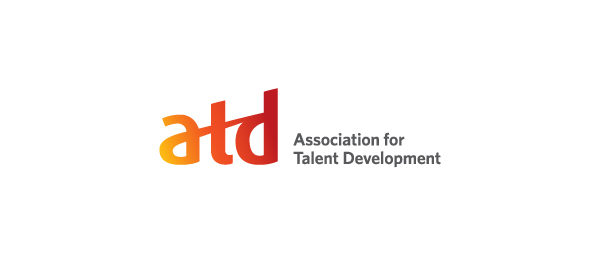3 Tips on Avoiding Unintentional Discrimination
Often, employment practices involving selection decisions appear EEOC-neutral, but they actually have a discriminatory effect on protected classes. Unintentional discrimination—commonly known as disparate or adverse impact—affects many employment practices involving candidate selection. Identifying and selecting high-potential employees requires companies to engage in candidate selection, and if they need to be intentional about evaluating their criteria and procedures for selection, in order to avoid unintentional discrimination against protected groups.
Not only can unintentional discrimination land your organization into legal trouble, but it can also create and reinforce systemic barriers to professional advancement for marginalized groups. Our study, Repairing the Broken Rung, found that when it comes to candidate selection for high potential groups and succession planning, almost ½ of the participating organizations unintentionally discriminated against women, and almost 2/3s of organizations who participated in the study unintentionally discriminated against minority groups.
It is important to know what unintentional discrimination is and its implications for success in business, as it plays an instrumental role in perpetuating discrimination and upholding the broken rung. So, how do you avoid unintentionally discriminating against others? Here are 3 tips to follow so to ensure that you are not adversely impacting protected groups.
1. Conduct a thorough Job Analysis
A thorough job analysis sets a framework for selection and ensures that the criteria used to select individuals is solely job-related, rather than based on individual, subjective, and oftentimes biased opinions. By basing selection criteria on a thorough and objective job analysis, unconscious bias can be removed from the decision-making process, thereby reducing the chances of unintentionally discriminating against a protected class.
2. Adverse Impact Analysis
Using the 4/5ths rule (or 80% rule) is one of the most common methods used to determine if individuals are being unintentionally discriminated against. This method allows the selection ratios of each group (the minority vs. the majority group) to be compared for various business policies and decisions. If the selection ratio for a protected class is less than 80% of that of the majority group, then there is adverse impact and unintentional discrimination.
In our research study, we compared the selection rations of various gender and racial groups in high potential programs and succession plans. By measuring and comparing the selection ratio for each group, we found that women and racial minorities are being selected into high potential programs and succession plans at a lower rates than those belonging to the majority group. We found that 43% of organizations showed unintentional discrimination against women in high potential selection and 47% of organizations showed unintentional discrimination against women in succession planning. For racial minorities, 41% of organizations showed unintentional discrimination in high potential selection and 63% of organizations showed unintentional discrimination in succession planning.
3. Standardization of Selection procedures
Standardizing selection procedures enables decision-making to be based on objective data rather than subjective data, resulting in more consistent and fair selection procedures. Standardization also helps remove people’s unconscious biases from the decision-making process, ultimately allowing selection procedures to be more reliable, valid, and less likely to result in unintentional discrimination. Decision-making is already hard enough as it is. To ensure that it does not have to be any more difficult, it is important that leaders are cognizant of their selection procedures.
Organizations must ensure that selection criteria and procedures are job-relevant, based on objective data, and are not discriminatory in nature towards protected classes. By conducting job analyses, utilizing adverse impact analysis techniques, and standardizing your selection procedures, leaders and human resource professionals alike can make certain that unintentional discrimination doesn’t undermine the success of talent identification and development in their organization.
In addition to Repairing the Broken Rung and our blog posts, check out McKinsey & Company and LeanIn.org’s Women in the Workplace 2019 report to learn more on how unintentional discrimination is affecting the workplace.
‹ Previous PostNext Post ›



